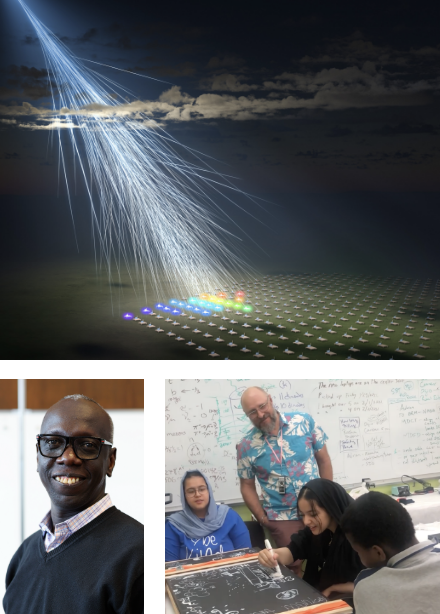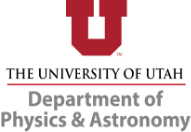
The High School Project on Astrophysics Research with Cosmics (HiSPARC) is a project in which high schools and academic institutions join forces and form a network to observe and measure ultra-high-energy cosmic rays with a ground-based scintillation detector.
HiSPARC offers students and teachers the opportunity to participate in real research, with the purpose of finding out more about these mysterious and rare cosmic particles.

Top Photo: Artist's rendition of a cosmic ray colliding with the Earth's atmosphere and generating an air shower above the scintillator detectors of Telescope Array experiment in central Utah. Image courtesy of Osaka Metropolitan University.
About HiSPARC
The HiSPARC project started in the Netherlands in 2003 as a collaboration between science institutes, high school students, and teachers. The HiSPARC detectors are constructed by students, placed on school roofs and connected to a central computer. The Dutch National Institute for Subatomic Physics (Nikhef) in Amsterdam coordinated the project from 2003 to 2023 and created the initial worldwide network of cosmic ray detection data.
University of Utah joined the HiSPARC collaboration in 2020 through the InSPIRE program funded by the US National Science Foundation (NSF award # 2005973). Starting in 2024, data on extensive cosmic air showers and the digital HiSPARC infrastructure will be hosted and maintained by the University of Utahʼs Center for High Performance Computing (CHPC), with the lead academic being Professor Tino Nyawelo.

HiSPARC Data
world and how we work together to collect data.
Collaborating Partners




